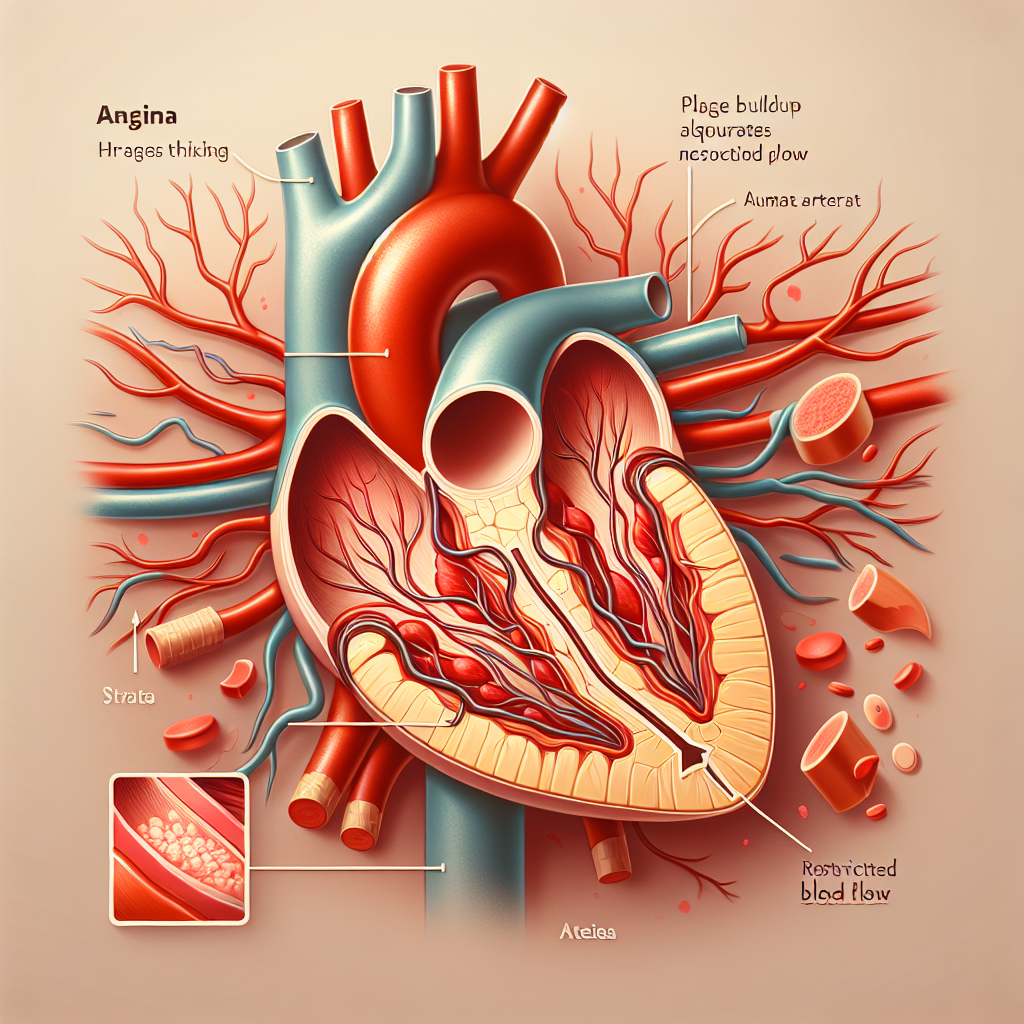Angina is a form of chest discomfort which is often mistaken for heartburn. It occurs due to provoked or unprovoked decreased blood flow to the heart muscles leading to insufficient oxygen supply. Cicumstances that increase the heart’s demand for oxygen, such as strenuous activity, emotional stress, extreme temperatures, and heavy meals increase the risk of angina. While it’s not considered to be a disease itself, it’s a symptom of an underlying heart disease, predominantly coronary artery disease.
Symptoms of Angina
Angina often manifests as pressure, tightening, squeezing, or crushing sensation in the chest. The discomfort can radiate to the neck, jaw, back, shoulders, or arms. It’s also not uncommon for individuals to experience shortness of breath, nausea, fatigue, sweating, dizziness, and palpitations during an angina attack. The symptoms are usually induced by physical activity or emotional stress, and usually, last for less than 10 minutes. These symptoms are relieved by rest or medication such as nitroglycerin. It’s important to note that these symptoms need emergent evaluation as they can precede a heart attack.
Causes of Angina
Angina is most commonly caused by coronary artery disease (CAD), a condition where the coronary arteries, which supply blood to the heart muscle, become narrowed or occluded due to atherosclerosis. Atherosclerosis is the buildup of cholesterol and other fats, along with inflammation, in the walls of the arteries.
Other less common causes of angina include coronary artery spasm, also known as Prinzmetal’s angina, where there is a temporary spasm or tightening of the coronary artery. Furthermore, severe anemia, arrhythmias (abnormal heart rhythms), and heart valve diseases can also lead to angina by increasing the heart’s demand for oxygen.
Diagnosing and Treating Angina
If angina is suspected, a thorough medical history, physical examination, and various diagnostic tests like an electrocardiogram (ECG), stress test, and angiogram are undertaken. Effective treatment is aimed at reducing symptoms, preventing future attacks, and lowering the risk of heart attacks. Treatment usually consists of lifestyle changes, medication, and potentially invasive procedures, such as angioplasty or coronary artery bypass grafting (CABG).

Leave a Reply